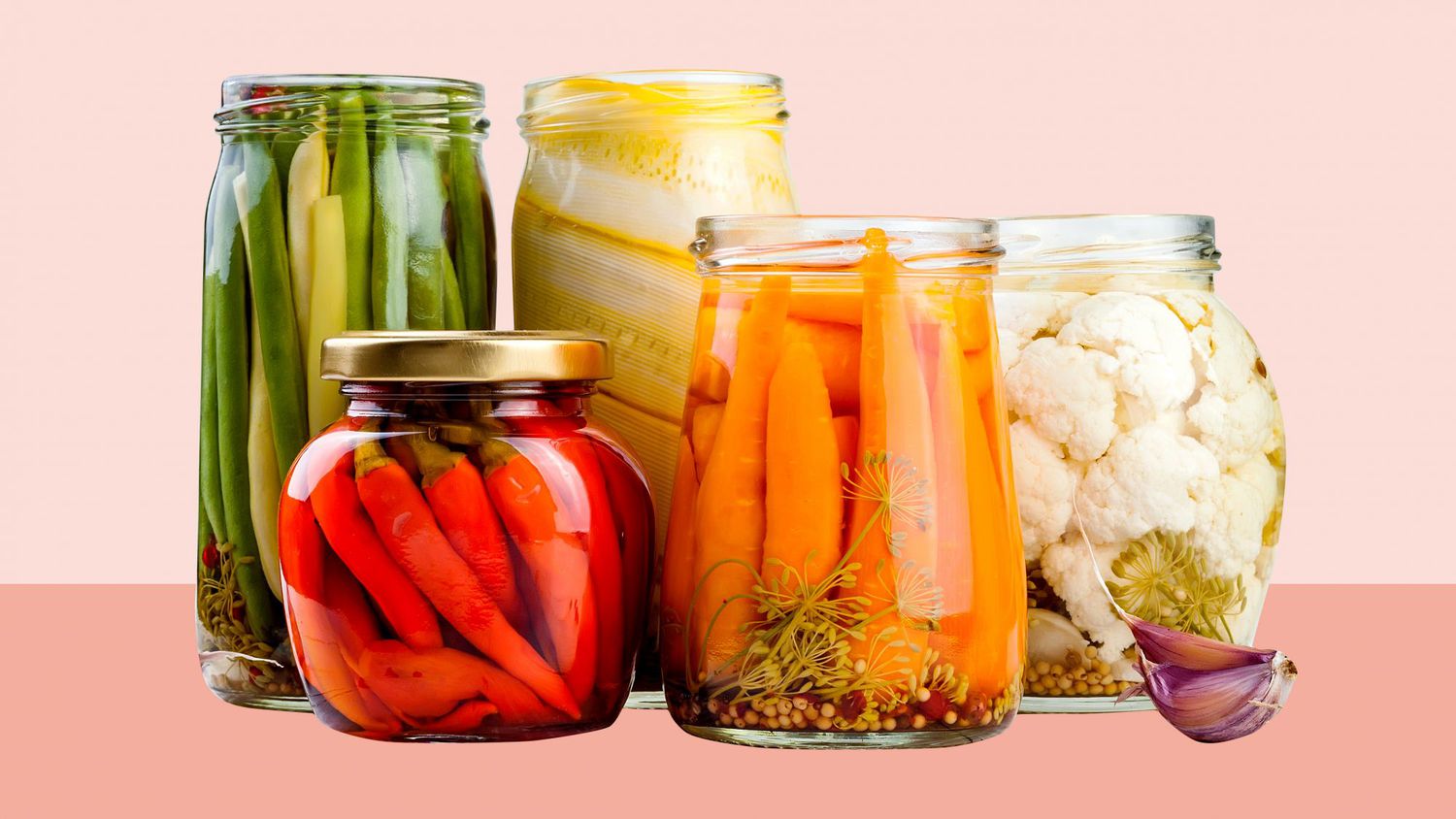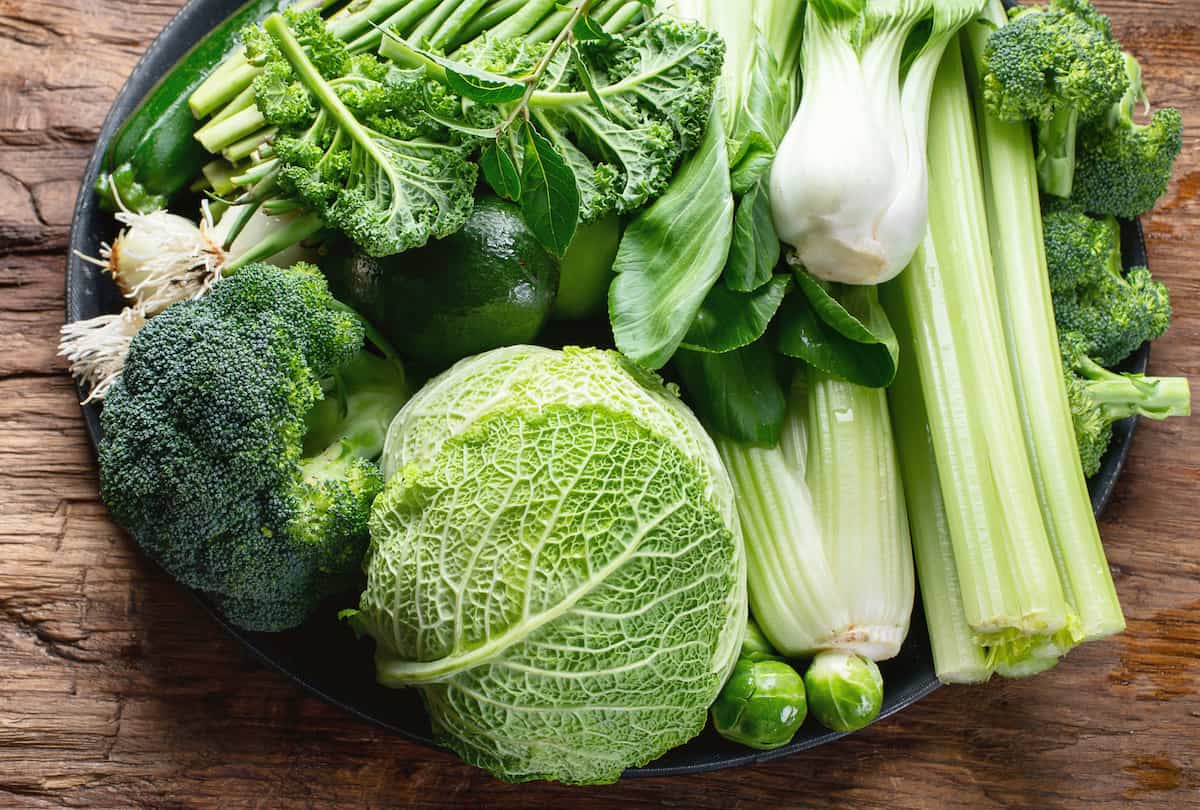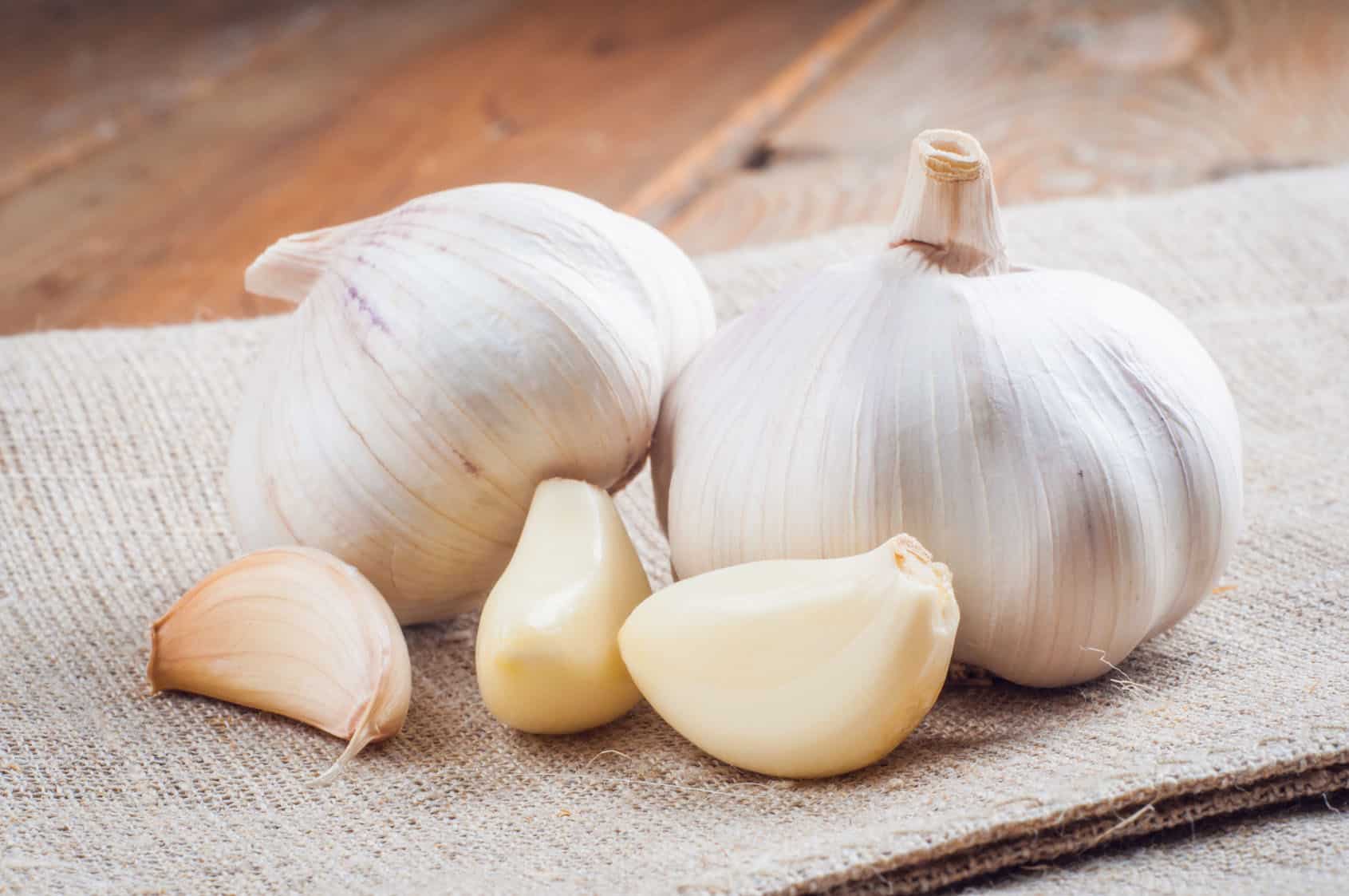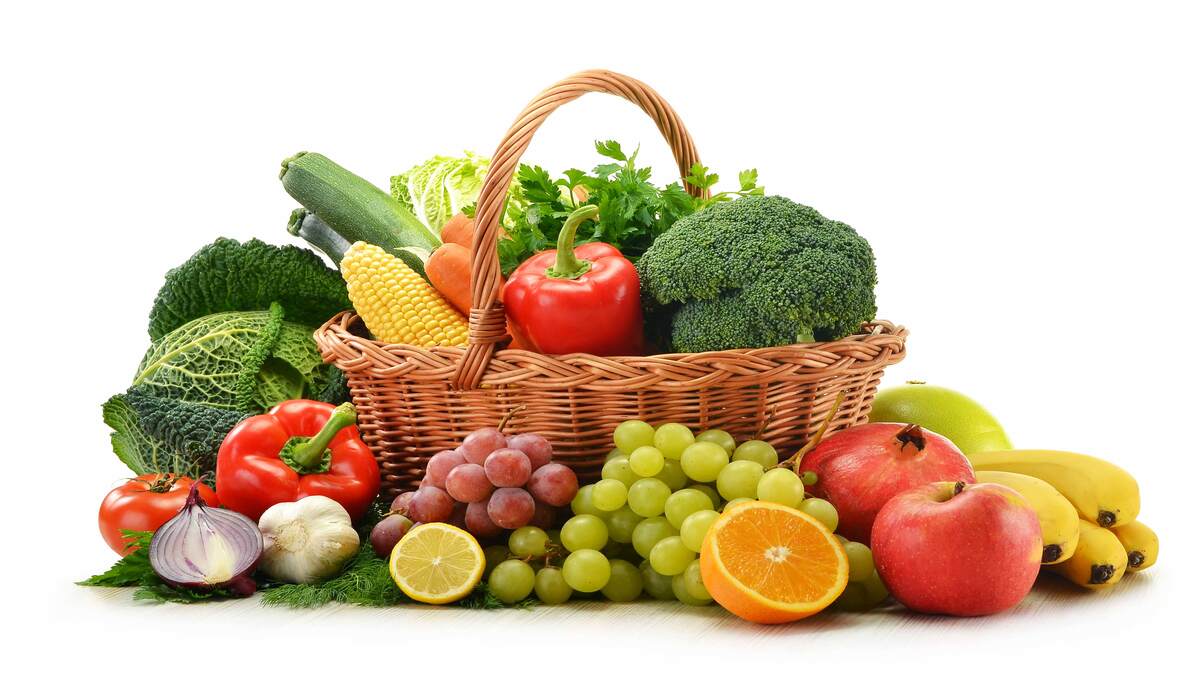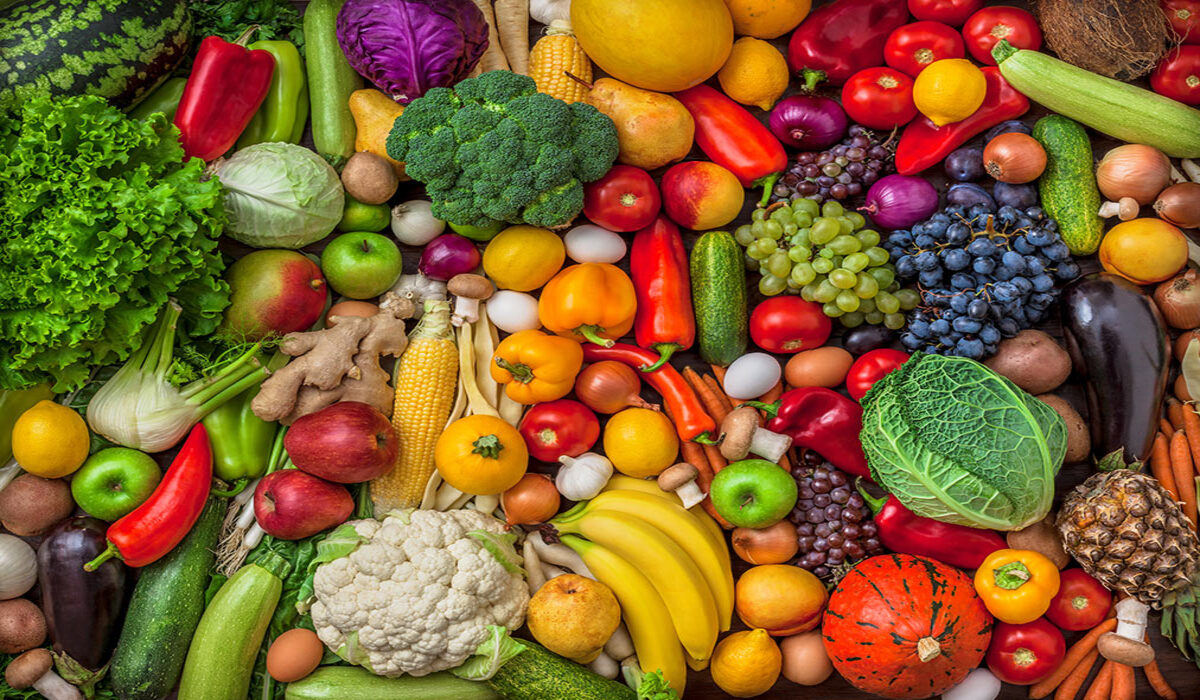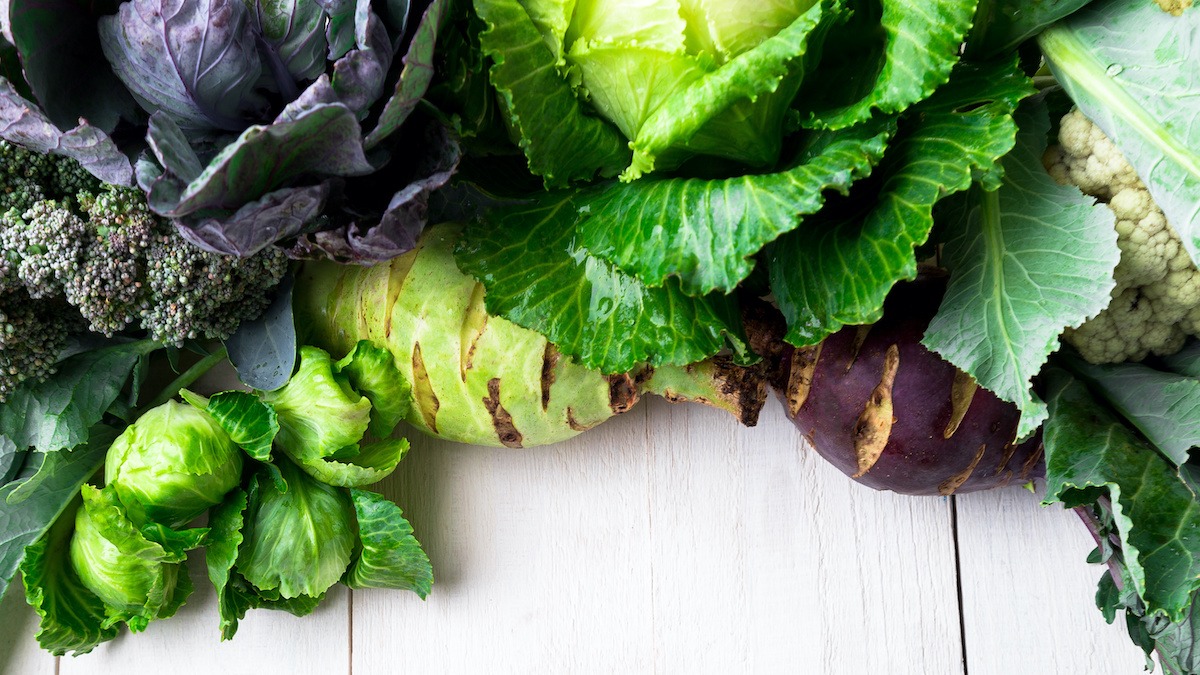Home>Types of Gardening>Edible Gardening>What Are Root Vegetables
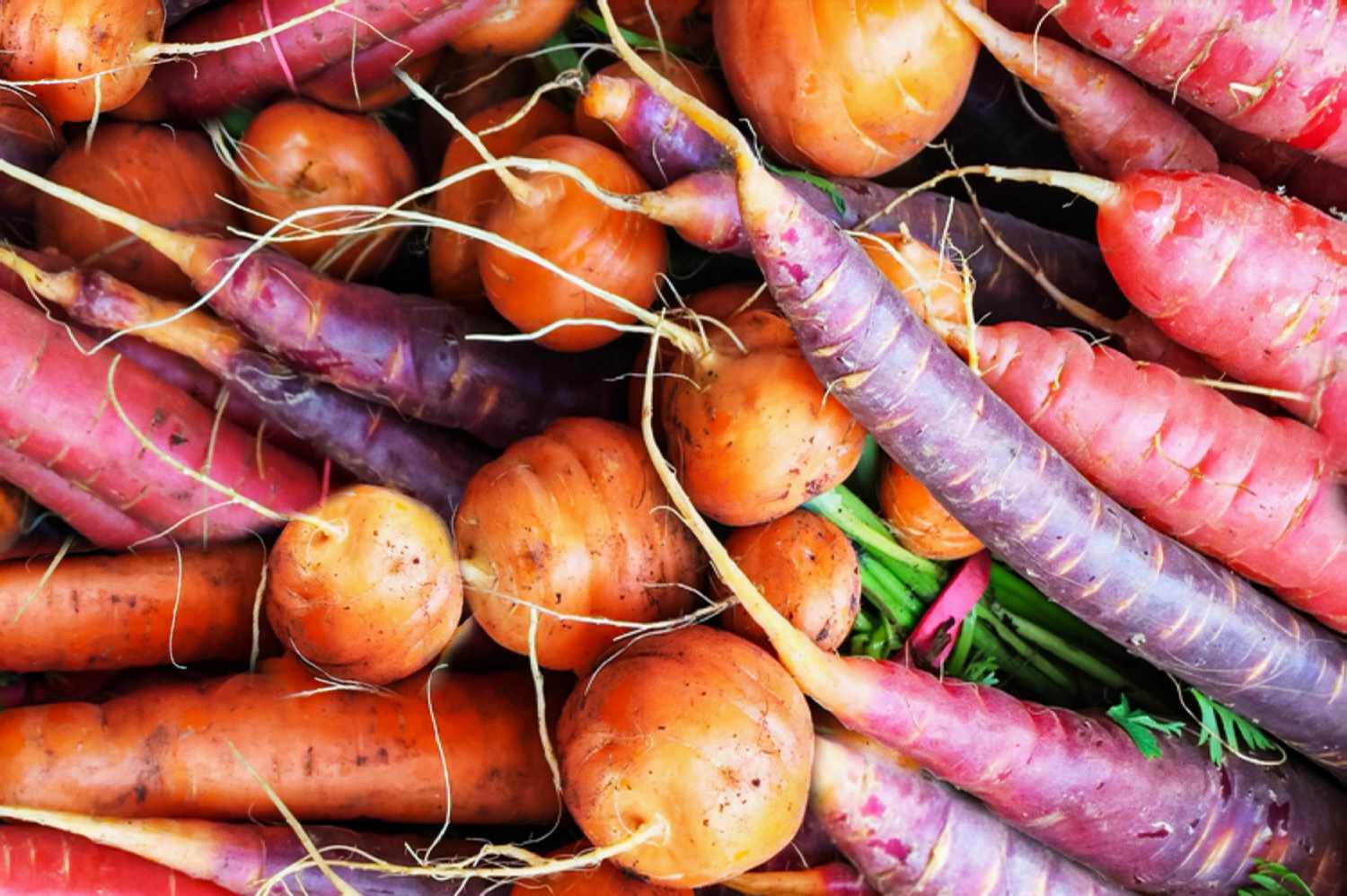

Edible Gardening
What Are Root Vegetables
Published: October 15, 2023
Discover the benefits of edible gardening with our comprehensive guide on root vegetables. Learn how to grow and enjoy a variety of nutritious root crops in your own backyard.
(Many of the links in this article redirect to a specific reviewed product. Your purchase of these products through affiliate links helps to generate commission for Chicagolandgardening.com, at no extra cost. Learn more)
Table of Contents
Introduction
Welcome to the world of edible gardening! If you are a passionate food lover and want to experience the joy and satisfaction of growing your own fresh produce, then edible gardening is the perfect way to embark on this journey. One of the most exciting and rewarding aspects of edible gardening is cultivating root vegetables. These versatile and nutritious plants not only add depth and flavor to our culinary creations but also provide us with a plethora of health benefits.
Root vegetables are a diverse group of edible plants that are grown for their underground edible parts, such as roots, tubers, and bulbs. They come in various shapes, sizes, and colors, each offering a unique taste and texture. From the humble carrot and potato to the exotic daikon radish and sunchokes, root vegetables bring a wealth of flavors to our plates, elevating our meals to new heights.
Root vegetables have been cultivated for centuries, with their historical roots stretching back to ancient civilizations. These plants have stood the test of time, surviving and adapting to different climates and growing conditions. Today, they continue to be a staple in our kitchens and gardens, valued not only for their culinary versatility but also for their incredible nutritional value.
In this comprehensive guide, we will explore the world of root vegetables, from their various types to their nutritional benefits and culinary uses. We will also dive into the best practices for storing and preparing root vegetables, ensuring that you make the most of your harvest. So, whether you are a seasoned gardener looking to expand your repertoire or a beginner taking your first steps into the world of edible gardening, get ready to unearth the wonders of root vegetables!
Definition of Root Vegetables
Root vegetables, as the name suggests, are plants that are primarily cultivated for their edible underground parts. These parts can range from roots, tubers, corms, or bulbs, depending on the specific vegetable. Root vegetables are a diverse group, encompassing a wide variety of plants with different tastes, textures, and colors.
Root vegetables have been a part of human diets for centuries and are found in cuisines all around the world. They are known for their ability to absorb nutrients from the soil, making them rich in vitamins, minerals, and antioxidants. These vegetables are not only flavorful but also highly nutritious, providing an array of health benefits.
Some common examples of root vegetables include:
- Carrots: Carrots are known for their vibrant orange color and sweet, earthy taste. They are rich in beta carotene, a powerful antioxidant that promotes good vision and a healthy immune system.
- Potatoes: Potatoes are one of the most widely consumed root vegetables worldwide. They come in various shapes, sizes, and colors, with different types offering different textures and flavors. Potatoes are a good source of potassium and Vitamin C.
- Beets: Beets are known for their deep red color and earthy flavor. They are packed with essential nutrients like folate, manganese, and vitamin C. Beets are also believed to have detoxifying properties and can support liver health.
- Radishes: Radishes come in a range of colors, from red and pink to white and purple. They have a crisp texture and a peppery, tangy taste. Radishes are low in calories and high in fiber, making them a great addition to a healthy diet.
- Turnips: Turnips have a slightly sweet and peppery flavor. They are rich in fiber, vitamin C, and minerals like potassium and manganese. Turnip greens, which are the leafy tops of the vegetable, are also edible and packed with nutrients.
These are just a few examples of the wide variety of root vegetables available. Each root vegetable has its own unique characteristics, flavors, and nutritional profiles, making them a versatile and essential part of any well-rounded diet.
Common Types of Root Vegetables
Root vegetables encompass a wide variety of plants, each with its own distinct characteristics and culinary uses. Here are some commonly found types of root vegetables:
- Carrots: Carrots are one of the most popular and well-known root vegetables. They come in various colors, including orange, purple, and white. Carrots have a sweet, earthy flavor and a crunchy texture. They are often enjoyed raw in salads, steamed, or roasted.
- Potatoes: Potatoes are a versatile root vegetable and are a staple in many cuisines. They are available in different varieties, including russet, red, and Yukon gold. Potatoes can be boiled, mashed, roasted, or fried to create a wide range of dishes, such as fries, mashed potatoes, and potato gratin.
- Beets: Beets are known for their vibrant red color and sweet, earthy flavor. They can also be found in other colors like golden and Chioggia (striped). Beets can be roasted, pickled, or grated into salads. Their greens are also edible and can be sautéed or used as a nutritious addition to soups and stews.
- Radishes: Radishes come in various shapes, sizes, and colors. They have a crisp texture and a peppery, slightly spicy flavor. Radishes are often enjoyed raw in salads or pickled. They can also be cooked or sautéed to mellow out their spiciness.
- Turnips: Turnips have a slightly sweet and peppery flavor. They are available in different varieties, with white and purple being the most common. Turnips can be roasted, mashed, or used in soups and stews. The greens of turnips, known as turnip greens, are also nutritious and can be cooked similar to other leafy greens.
- Parsnips: Parsnips closely resemble carrots but have a cream-colored skin and a sweet, nutty flavor. They can be roasted, mashed, or used in soups and stews. Parsnips become sweeter and more flavorful when exposed to colder temperatures.
- Daikon Radish: Daikon radish is a large, white root vegetable popular in Asian cuisine. It has a mild, crisp texture and a slightly peppery taste. Daikon radishes can be enjoyed raw in salads, pickled, or used in stir-fries and soups.
These are just a few examples of the common types of root vegetables. Each variety brings its own flavor and texture to dishes, allowing for a diverse and exciting culinary experience.
Nutritional Benefits of Root Vegetables
Root vegetables are not only delicious but also highly nutritious. They are packed with essential vitamins, minerals, and antioxidants that contribute to overall health and well-being. Here are some key nutritional benefits of including root vegetables in your diet:
- Fiber: Root vegetables are an excellent source of dietary fiber, which promotes a healthy digestive system and helps regulate blood sugar levels. Fiber also aids in weight management by providing a feeling of fullness and preventing overeating.
- Vitamins: Most root vegetables are rich in vitamins, including vitamin A, vitamin C, and various B vitamins. Vitamin A supports vision health and immune function, while vitamin C is essential for collagen production and a strong immune system. B vitamins play a crucial role in energy metabolism and brain health.
- Minerals: Root vegetables are a good source of important minerals like potassium, magnesium, and iron. Potassium helps regulate blood pressure and maintain proper fluid balance, while magnesium supports muscle and nerve function. Iron is essential for the production of red blood cells and oxygen transport throughout the body.
- Antioxidants: Many root vegetables are rich in antioxidants, which protect the body against free radicals and oxidative stress. Antioxidants help reduce the risk of chronic diseases and promote overall health and longevity.
- Low in calories: Root vegetables are generally low in calories, making them an excellent addition to weight-conscious diets. They provide a satisfying and flavorful alternative to higher-calorie foods while still delivering a range of essential nutrients.
- Phytonutrients: Root vegetables contain various phytonutrients, such as betalains in beets and anthocyanins in purple carrots. These compounds have been linked to anti-inflammatory and anti-cancer properties, as well as promoting heart health.
By incorporating a variety of root vegetables into your meals, you can benefit from the unique combination of nutrients they offer. Whether you roast them, boil them, or enjoy them raw, these versatile and nutrient-packed vegetables can contribute to a well-balanced and healthy diet.
Culinary Uses of Root Vegetables
Root vegetables are incredibly versatile in the kitchen, offering a wide range of culinary possibilities. From soups and stews to roasts and salads, these vegetables can add depth, flavor, and nutritional value to various dishes. Here are some popular culinary uses of root vegetables:
- Roasting: Many root vegetables, such as carrots, potatoes, parsnips, and beets, are delicious when roasted. The high heat caramelizes the natural sugars in the vegetables, resulting in a sweet and savory flavor. Roasted root vegetables can be served as a side dish or used as a base for hearty grain bowls and salads.
- Mashing: Potatoes and parsnips are commonly mashed to create a creamy and comforting side dish. Mashed root vegetables can be seasoned with herbs, spices, and butter for added flavor. They pair well with roasted meats, stews, and gravies.
- Soups and stews: Root vegetables are a popular ingredient in soups and stews, providing a hearty and satisfying texture. They add depth and flavor to the broth while absorbing the savory juices of the dish. Some classic root vegetable soups include carrot ginger soup, potato leek soup, and borscht.
- Grating and shredding: Root vegetables like carrots, beets, and daikon radishes can be grated or shredded and used in various dishes. They are often added to salads, slaws, and stir-fries for a fresh and crunchy texture. Beet and carrot slaw is a popular side dish, while grated daikon radish can be used as a topping for sushi rolls or added to Asian-inspired noodle dishes.
- Pickling: Root vegetables, especially radishes and beets, are commonly pickled to preserve their freshness and enhance their flavor. Pickled root vegetables can be enjoyed as a tangy side dish, added to sandwiches and burgers, or used as a garnish for salads and tacos.
- Baking: Root vegetables can be incorporated into baked goods, adding moisture, natural sweetness, and nutritional value. Carrots are commonly used in carrot cake, while sweet potatoes often make an appearance in pies, muffins, and breads.
These are just a few examples of how root vegetables can be utilized in the culinary world. With their diverse flavors and textures, root vegetables offer endless possibilities for creating delicious and nourishing meals.
Storing and Preparing Root Vegetables
Proper storage and preparation are essential to maintain the freshness, flavor, and nutritional value of root vegetables. Here are some tips to help you store and prepare root vegetables:
Storage:
- Cool and dark: Most root vegetables prefer cool and dark conditions. Store them in a cool, dry place away from direct sunlight, such as a cellar, basement, or pantry.
- Avoid moisture: Moisture can cause root vegetables to become soft and spoil quickly. Remove any excess dirt and moisture from the vegetables before storing them.
- Separate storage: Some root vegetables, like potatoes and onions, release gases that can cause others to spoil faster. Store them separately to extend their shelf life.
- Check regularly: Regularly check stored root vegetables for signs of spoilage or rotting. Remove any damaged or rotten vegetables to prevent the spread of decay to others.
Preparing:
- Cleaning: Before using root vegetables, give them a good scrub to remove any dirt or debris. Trim off any damaged or discolored parts.
- Peeling: Depending on personal preference and the recipe, some root vegetables may need to be peeled. Carrots and parsnips are commonly peeled, while potatoes can be peeled or left unpeeled for added texture and nutrition.
- Cutting and chopping: Cut root vegetables into uniform sizes to ensure even cooking. Smaller pieces cook faster, while larger pieces may take longer to become tender.
- Cooking methods: Root vegetables can be prepared using various cooking methods such as boiling, steaming, roasting, or sautéing. The choice of method depends on the specific vegetable and the desired texture and flavor.
- Pairings: Consider the flavors and textures of root vegetables when pairing them with other ingredients. Some companions include herbs like rosemary and thyme, spices like cumin and paprika, and ingredients like butter, olive oil, and vinegar.
By following these storage and preparation tips, you can ensure that your root vegetables stay fresh, flavorful, and nutritious, ready to be enjoyed in a wide variety of culinary creations.
Health Considerations for Root Vegetables
Root vegetables have not only culinary versatility, but they are also beneficial for our health. However, there are a few considerations to keep in mind when consuming root vegetables:
- Portion sizes: While root vegetables are nutrient-dense and have numerous health benefits, it is important to watch portion sizes, especially if you are following a specific dietary plan or aiming for weight management. Be mindful of the overall calorie and carbohydrate content of your meals.
- Diabetes and blood sugar: Some root vegetables, such as potatoes and parsnips, have a higher glycemic index, meaning they can cause a more rapid increase in blood sugar levels. If you have diabetes or are managing your blood sugar, it is important to monitor your carbohydrate intake and choose lower glycemic index options like carrots, turnips, and radishes.
- Food allergies and intolerances: Like all vegetables, root vegetables have the potential to cause allergies or intolerances in some individuals. If you have known allergies or sensitivities, pay attention to any potential reactions and seek medical advice if needed.
- Goitrogens: Some cruciferous root vegetables like radishes and turnips contain substances called goitrogens, which can interfere with iodine uptake by the thyroid gland. While these compounds are generally not a concern in moderate amounts, individuals with thyroid conditions may want to limit their consumption or consider cooking the vegetables, as heat can reduce the goitrogenic effects.
- Food safety: As with any fresh produce, it is important to handle and store root vegetables properly to minimize the risk of foodborne illnesses. Wash the vegetables thoroughly, keep them refrigerated when necessary, and discard any spoiled or damaged ones.
As always, it is advisable to consult with a healthcare professional or registered dietitian for personalized advice, especially if you have specific dietary concerns, medical conditions, or are on any medication.
Overall, root vegetables are a valuable addition to a well-rounded diet, providing a wealth of essential nutrients, fiber, and antioxidants. By incorporating a variety of root vegetables into your meals, you can enjoy their delicious flavors while supporting your overall health and well-being.
Conclusion
Root vegetables are a delightful and nutritious addition to any garden and kitchen. From carrots and potatoes to beets and radishes, these versatile plants offer a wide range of flavors, textures, and culinary possibilities. Beyond their delicious taste, root vegetables provide an array of health benefits, including essential nutrients, fiber, and antioxidants.
Whether you choose to grow them in your garden or purchase them from your local farmers’ market, root vegetables are a sustainable and cost-effective way to add freshness and flavor to your meals. From comforting mashed potatoes to vibrant roasted beets and refreshing carrot salads, there are countless ways to incorporate root vegetables into your culinary repertoire.
Remember to store root vegetables properly to maintain their freshness, and prepare them with care to unleash their full potential. With their rich nutritional profile and versatile nature, root vegetables can be enjoyed by individuals following various dietary preferences and health goals.
So, whether you are a seasoned gardener or just starting your edible gardening journey, don’t hesitate to explore the world of root vegetables. Experiment, get creative, and savor the delicious and wholesome flavors that these humble underground wonders have to offer. Embrace the joy of growing and cooking your own food, and let root vegetables take center stage in your edible gardening adventure!



